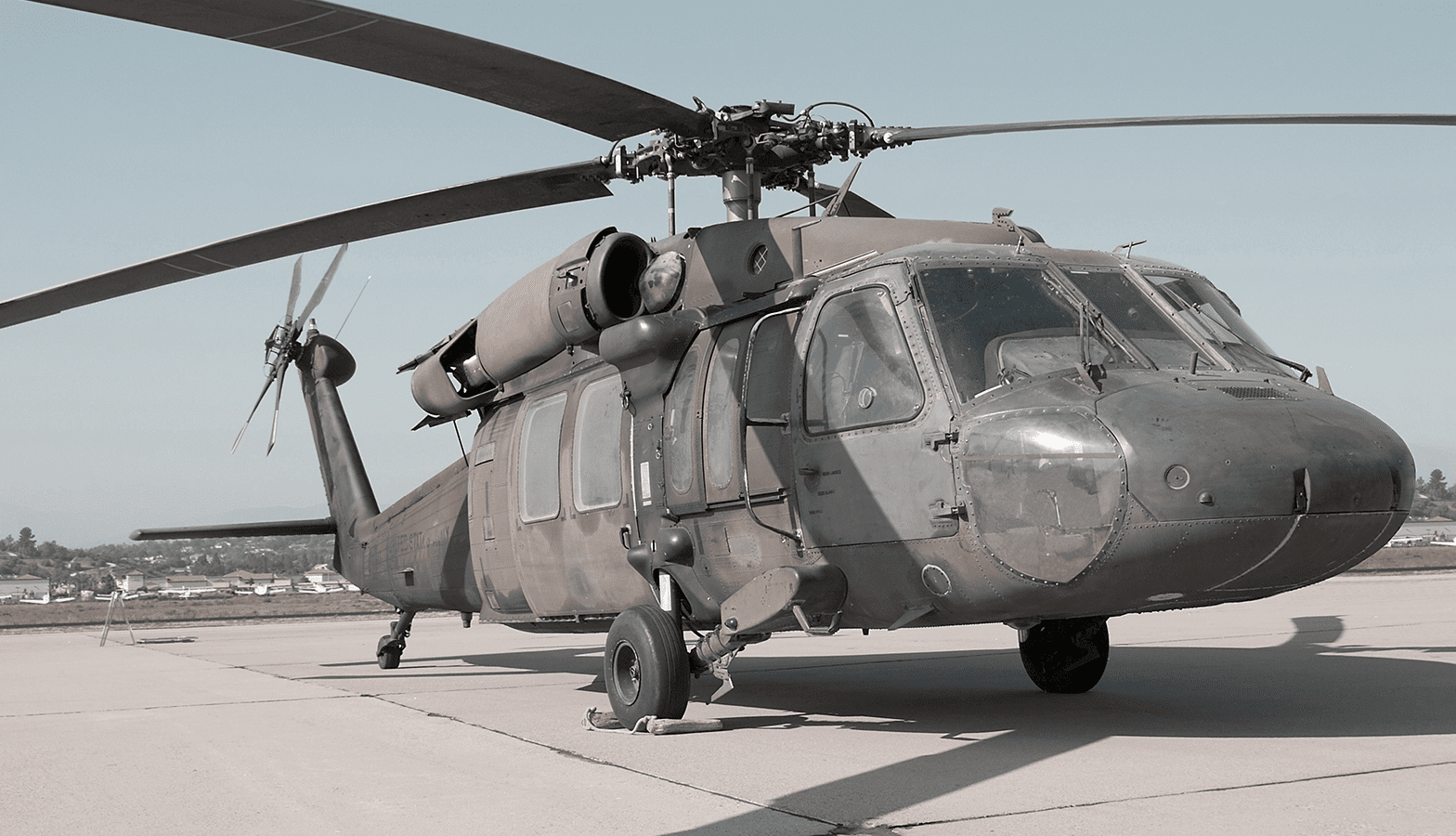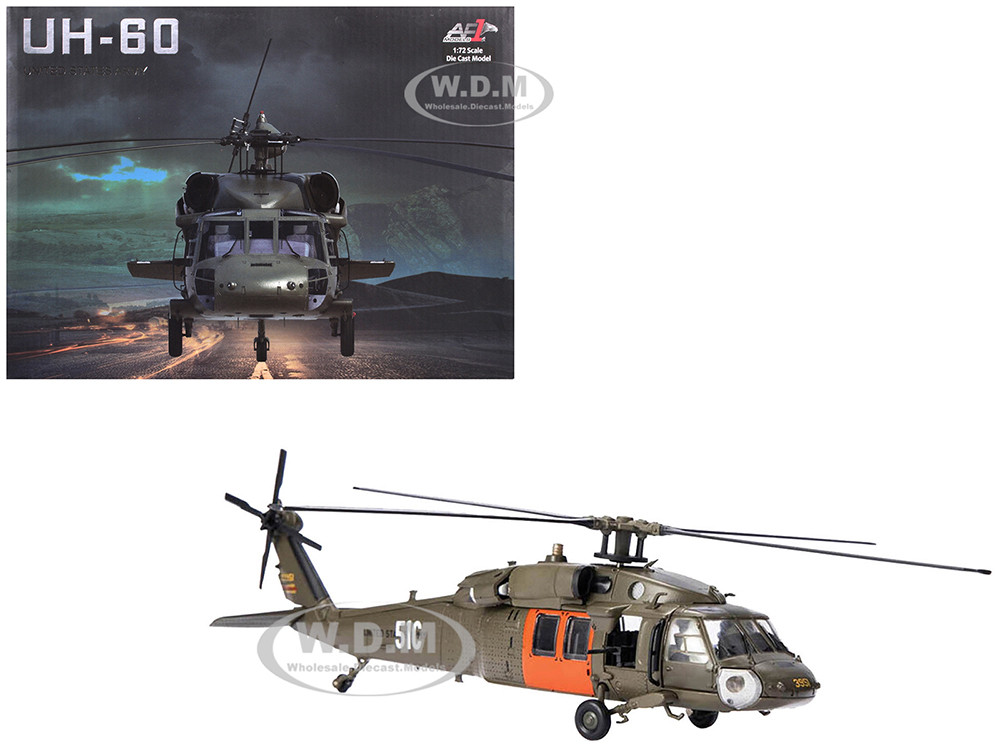Exploring the UH 60: A Look at Its Design, History, and Role in the Armed Forces
Exploring the UH 60: A Look at Its Design, History, and Role in the Armed Forces
Blog Article
Everything You Required to Find Out About the UH 60 Helicopter
The UH-60 helicopter, a cornerstone of U.S. Military aeronautics because its debut in 1979, represents an amazing blend of design and operational adaptability. As army requirements evolve, so also does the helicopter, with recurring innovations aimed at enhancing its capabilities and integrating modern-day technologies.
Background of the UH-60
Created in the late 1970s, the UH-60 Black Hawk helicopter emerged as a reaction to the U.S. Army's need for a versatile energy helicopter that might do a range of goals under challenging problems. The incentive for its layout was the imperfections recognized in the earlier helicopters used throughout the Vietnam War, specifically in terms of survivability, speed, and maneuverability.
The Black Hawk was designed by Sikorsky Airplane, including sophisticated technologies and products to improve its efficiency and durability. It was officially presented into service in 1979, swiftly becoming a critical asset for armed forces procedures - uh 60. Its capacity to transport troops, clinical discharge, and logistical support in both fight and humanitarian goals made the Black Hawk an indispensable component of the U.S. Military's aviation fleet
Throughout the decades, the UH-60 has actually been constantly upgraded, adjusting to the changing nature of warfare and the evolving demands of contemporary army procedures. Its operational background includes engagement in significant conflicts, peacekeeping goals, and disaster alleviation efforts, strengthening its track record as a reputable and effective helicopter in numerous atmospheres worldwide.

Design and Requirements
The style of the UH-60 Black Hawk helicopter constantly reflects a commitment to functional effectiveness and versatility. Created by Sikorsky Aircraft, this medium-lift energy helicopter includes a smooth, wind resistant fuselage that improves rate and maneuverability. Its tandem blades system, characterized by 2 counter-rotating blades, minimizes resonance and boosts lift ability, enabling much safer operations in varied environments.
The UH-60 is powered by 2 T700-GE-701C turboshaft engines, supplying a maximum rate of approximately 180 knots and a variety of around 400 maritime miles. Its durable airframe is created from innovative composite materials, guaranteeing longevity while maintaining a relatively low weight. The helicopter has a maximum gross weight of regarding 22,000 pounds, sustaining a flexible haul arrangement.

Duties and Goals
A versatile system, the UH-60 Black Hawk helicopter serves a wide variety of duties and objectives within military operations. Made primarily for troop transport, it is capable of bring as much as 11 soldiers, making it a crucial property for fast release and logistical support.
In addition to army transportation, the UH-60 masters medical emptying (MEDEVAC) goals, equipped with advanced medical equipment to offer critical care during transit. Its ability to operate in diverse environments improves its efficiency in fight search and rescue (CSAR) procedures, where speedy removal of workers is crucial.
The helicopter additionally plays a significant role in reconnaissance and monitoring objectives, using onboard sensors and devices to collect intelligence. Furthermore, its flexibility includes logistical assistance, capable of transferring products and equipment to forward operating bases - uh 60.
In fight procedures, the UH-60 can be outfitted with different weapon systems, enabling it to provide close air assistance. Its multi-role capacity makes the Black Hawk an essential tool for modern-day army forces, adapting seamlessly to Read Full Article the evolving needs of field of battle situations and guaranteeing mission success throughout a series of functional contexts.
Performance and Capabilities
Understood for its robust performance, the UH-60 Black Hawk helicopter boasts outstanding abilities that enhance its operational efficiency throughout different missions. uh 60. This multi-role airplane is furnished with powerful twin-engine Turbomeca Arriel 1D1 engines, giving exceptional rate and maneuverability, with an optimum cruise ship rate of around 150 knots and an operational variety of around 400 maritime miles
The next Black Hawk's advanced avionics and fly-by-wire control systems dramatically enhance flight safety and security and handling, enabling it to operate in varied atmospheres, consisting of negative climate condition. Its convenience is more exemplified by its ability to carry approximately 11 completely furnished troops or a haul of around 8,000 pounds, making it optimal for troop transport, medical emptying, and logistical support missions.
In Addition, the UH-60 is developed for survivability, featuring enhanced airframes, ballistic security for crew and passengers, and advanced countermeasure systems to escape dangers. The helicopter's agility and rate, incorporated with its capacity for fast release, make it a vital asset in modern armed forces procedures, making certain that it remains a crucial element of tactical air assistance and battlefield movement.
Future Dope

One substantial focus is the assimilation of innovative avionics systems, which will boost situational understanding through boosted navigation and interaction abilities. This includes the prospective use expert system to assist pilots in decision-making and objective planning.
Moreover, future versions may integrate sophisticated products and design features to reinforce the helicopter's longevity and lower its radar trademark, improving survivability in disputed atmospheres.
The intro of hybrid-electric propulsion systems is additionally on the horizon, intending to improve fuel efficiency and reduce logistical concerns. Such advancements could prolong functional array and minimize the helicopter's environmental impact.

Final Thought
The UH-60 helicopter represents a substantial innovation in military air travel considering that its introduction in 1979. The UH-60's sustaining existence highlights its important duty in modern military procedures and highlights the recurring evolution of armed forces aeronautics technology.
The UH-60 helicopter, a cornerstone of U.S. Military aeronautics since its debut in 1979, represents an exceptional mix of design and operational versatility. As military demands progress, so as well does the helicopter, with continuous improvements aimed at boosting its abilities and incorporating modern technologies.The design of the UH-60 Black Hawk helicopter regularly mirrors a dedication to functional efficiency and flexibility. Created by Sikorsky Airplane, this medium-lift energy helicopter features a smooth, aerodynamic body that boosts speed and ability to move.The UH-60 helicopter represents a considerable improvement in armed forces aviation since its intro in 1979.
Report this page